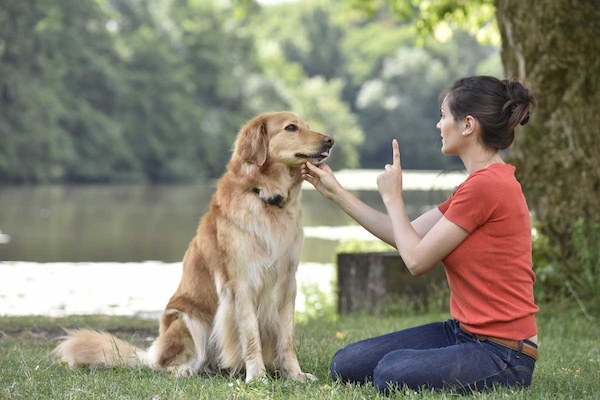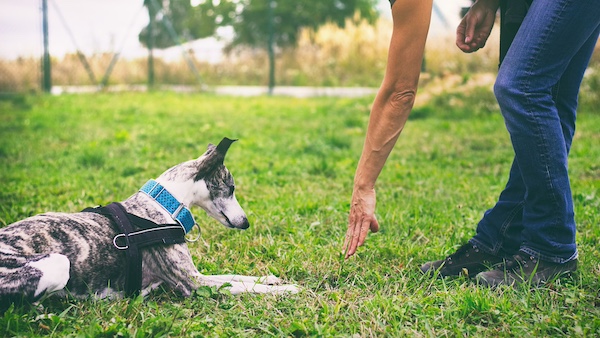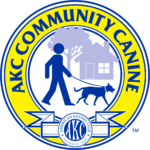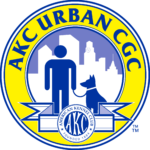Training your dog is one of the most rewarding aspects of pet ownership, but it’s also a process that requires patience, consistency, and understanding. Even the most dedicated dog owners can unknowingly make mistakes that slow progress or reinforce unwanted behaviors.
This article highlights the most common dog training mistakes and provides practical solutions to avoid them, ensuring a positive and productive training experience for both you and your dog.
Lack of Consistency
What It Looks Like:
Using different commands for the same behavior or allowing your dog to get away with something one day and punishing them for it the next.
Why It’s a Problem:
Inconsistency confuses your dog, making it difficult for them to understand what you want. Dogs thrive on routine and clear communication; without it, they may become frustrated or misbehave.
How to Avoid It:
- Use consistent verbal cues and hand signals for each command. For example, always say “sit” instead of switching between “sit” and “down.”
- Ensure all family members follow the same rules and training practices. If one person lets the dog jump on the couch and another doesn’t, the dog will struggle to learn the correct behavior.
Relying Too Much on Punishment
What It Looks Like:
Scolding, yelling, or using physical corrections to stop unwanted behavior.
Why It’s a Problem:
Punishment doesn’t teach your dog what to do—it only stops the current behavior. It can also damage your relationship with your dog, leading to fear or mistrust, which makes training more difficult.
How to Avoid It:
- Focus on positive reinforcement by rewarding good behavior with treats, toys, or praise. For example, reward your dog when they sit quietly instead of barking.
- Redirect your dog’s behavior instead of punishing it. If they’re chewing on furniture, give them an appropriate chew toy and praise them for using it.
Overwhelming the Dog with Long Training Sessions

What It Looks Like:
Expecting your dog to learn multiple commands or practice for extended periods in one session.
Why It’s a Problem:
Long sessions can overwhelm your dog, leading to frustration and lack of focus. Dogs learn best in short, engaging sessions.
How to Avoid It:
- Keep training sessions short, ideally between 5 and 15 minutes, depending on your dog’s age and attention span.
- End each session on a positive note by finishing with a command your dog knows well and rewarding them for it.
Neglecting to Train in Different Environments
What It Looks Like:
Only practicing commands at home or in one familiar location.
Why It’s a Problem:
Dogs may learn to obey commands in one setting but struggle to generalize that behavior in new environments with distractions.
How to Avoid It:
- Train in a variety of locations, such as parks, busy streets, or even friends’ homes. Gradually increase the level of distractions as your dog becomes more confident.
- Use controlled environments to introduce new challenges. For example, practice “sit” in a quiet park before trying it in a bustling dog park.
Reinforcing Unwanted Behaviors
What It Looks Like:
Accidentally rewarding bad behavior, such as giving attention to a dog that’s jumping or barking.
Why It’s a Problem:
Dogs repeat behaviors that earn them rewards, even if the “reward” is unintentional attention.
How to Avoid It:
- Ignore unwanted behaviors like jumping or barking, and only give attention when your dog is calm and behaving appropriately.
- Redirect your dog to an acceptable behavior and reward them for it. For example, if your dog jumps on you, ask them to sit and then reward them for sitting.
Expecting Results Too Quickly
What It Looks Like:
Becoming frustrated when your dog doesn’t master a command immediately or expecting perfect behavior after just a few sessions.
Why It’s a Problem:
Training takes time, and every dog learns at their own pace. Unrealistic expectations can lead to frustration and inconsistent follow-through.
How to Avoid It:
- Be patient and celebrate small victories. If your dog doesn’t master “stay” right away, reward them for holding it for just a second and gradually increase the duration.
- Understand that training is a journey. Even professional trainers know that consistent repetition is key to long-term success.
Failing to Use High-Value Rewards
What It Looks Like:
Offering a treat or toy that doesn’t excite your dog, leading to disinterest during training.
Why It’s a Problem:
Dogs need motivation to learn new behaviors, and if the reward isn’t enticing enough, they may lose interest in training.
How to Avoid It:
- Use high-value rewards, such as small pieces of cooked chicken or cheese, especially when introducing new or challenging commands.
- Tailor rewards to your dog’s preferences. Some dogs may be more motivated by toys or praise than treats.
Not Addressing Behavioral Issues Early
What It Looks Like:
Ignoring small problems, such as mild pulling on the leash or occasional barking, until they escalate into bigger issues.
Why It’s a Problem:
Behavioral issues are easier to correct when addressed early. Delaying intervention can make them harder to manage and may require more intensive training later.
How to Avoid It:
- Pay attention to your dog’s behavior and address undesirable actions as soon as they arise.
- Use training techniques and consistency to reinforce desired behaviors. For example, teach leash manners at the first sign of pulling rather than waiting for it to become a habit.
Conclusion
Dog training is an ongoing process that requires patience, consistency, and a positive approach. By avoiding these common mistakes—such as relying too much on punishment, neglecting consistency, or expecting results too quickly—you can set your dog up for success and strengthen the bond between you.
Remember, every dog is unique and learns at their own pace. With a bit of effort and understanding, you’ll see progress and enjoy the rewards of a well-trained companion. Start incorporating these tips into your training routine today, and watch as your dog thrives with confidence and obedience.





